Special thanks to Sylvain Goffin for providing this lens!
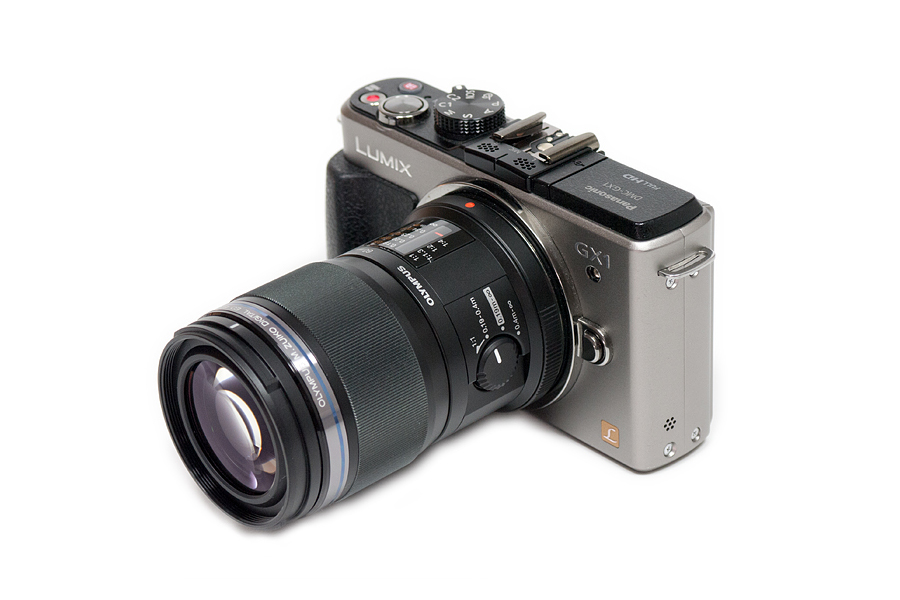
As of the time of this review, there’re 2 native macro lenses in the Micro-Thirds-Thirds system. A while ago, the Panasonic / Leica DG Macro-Elamrit 45mm f/2.8 ASPH OIS delivered very impressive results in our review here in the zone. However, since late 2012 it faces competition from the Olympus M.Zuiko 60mm f/2.8 ED macro. Obviously Olympus preferred to make this one a little longer in order to allow a bigger working distance – a key aspect for those photographers interested in critters. That said the front lens-to-object distance is still just 8ish cm (vs 6ish cm for the Leica) at max. magnification (1:1). The price to be paid for the longer focal length is a 50% longer physical length albeit Olympus managed to keep the weight a little lower. Typical for Olympus lenses it has also no image stabilizer but then it’s then also cheaper than the Leica (of course).

The build quality of the M.Zuiko is very high thanks to high quality, matte plastics based on a metal mount. Some may be surprised by the extremely low weight thus the lack of (subjective) “substance”. Interestingly it has even a weather sealing which is certainly an argument for outdoor lovers. It is a joy to use the smoothly operating & broad rubberized focus ring. The physical length remains constant regardless of the focus setting (=internal focus system). A focus limiter allows to configure the covered focus range in 3 steps (0.19-0.4m, 0.19m-infinity or 0.4m-infinity). The focus distance as well as the current magnification are also displayed on the lens. Unfortunately Olympus decided to make the lens hood an optional accessory which isn’t unprecedented but disappointing nonetheless.
The M.Zuiko 60mm f/2.8 use Olympus’ new MSC AF focusing system. Unlike some other members of the species, the AF works both fast and silently. Manual focusing is “by-wire” rather than mechanically linked which may or may not be an annoyance for some.
| Specifications | |
|---|---|
| Equiv. focal length | 120 mm (full format equivalent) |
| Equiv. aperture | f/5.6 (full format equivalent, in terms of depth-of-field) |
| Optical construction | 13 elements / 10 groups inc. 1xED, 2xHR & 1xE-HR element |
| Number of aperture blades | 7 Circular aperture diaphragm |
| min. focus distance | 0.19 m |
| Dimensions (L x W) | 82 x 56 mm |
| Weight | 185 g |
| Filter size | 46 mm (non-rotating) |
| Hood | No |
| Other features | focus limiter, ZERO coating |
Distortion
Macro lenses tend to have marginal image distortion. This is also true for the Olympus lens – it produces just slight pincushion distortion of 0.6%. This is also the original distortion as present in RAW files rather than an auto-corrected result.
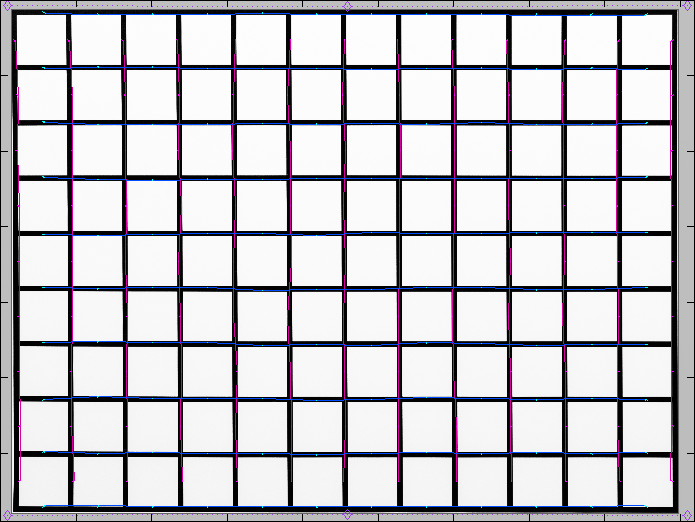
0.6% Pincushion
Vignetting
The light falloff at large aperture settings is generally auto-correction on micro-four-thirds cameras. Consequently this is nothing to worry about at around 0.1EV across the aperture range.

MTF (resolution)
The resolution characteristic of the M.Zuiko is very good albeit not outstanding. The center resolution is already very high at max. aperture but the corners are somewhat softer here although still good. Stopping down to f/4 boosts the center into excellent quality but the sweet spot is really f/5.6 with a very good quality across the whole image frame. Diffraction effects have a slight impact at f/8 and more so at f/11 but the quality remains fine actually. f/16 is not too bad but f/22 should be avoided because diffraction just leaves an image soup here.
Please note that the MTF results are not directly comparable across the different systems!
Below is a simplified summary of the formal findings. The chart shows line widths per picture height (LW/PH) which can be taken as a measure of sharpness. If you want to know more about the MTF50 figures you may check out the corresponding Imatest Explanations.

Chromatic Aberrations (CAs)
A rather surprising aspect is the comparatively high degree of lateral chromatic aberrations (color shadows at hard contrast transitions). They are decent at f/2.8 and f/4 but too high at medium to small apertures at around 1.5px on average at the image borders. This is not dramatic but unusual for a macro lens.
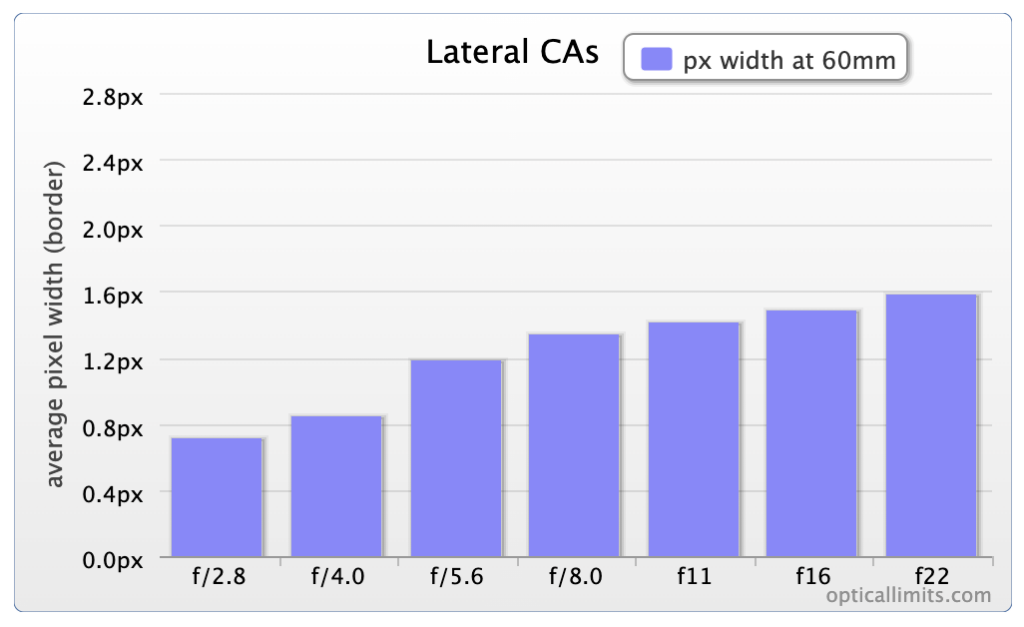
Bokeh
The quality of the bokeh (out-of-focus blur) is naturally a major aspect for such a lens and the Olympus doesn’t disappoint us here. The transitions are very smooth and buttery.
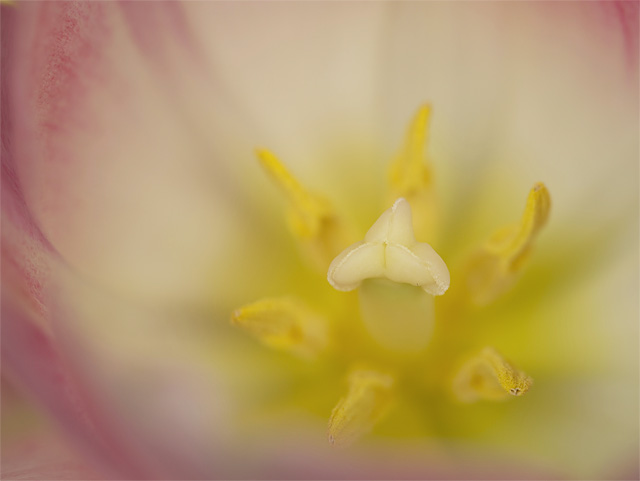
Out-of-focus highlights can show a bit of outlining and an onion-like substructure in critical scenes though.

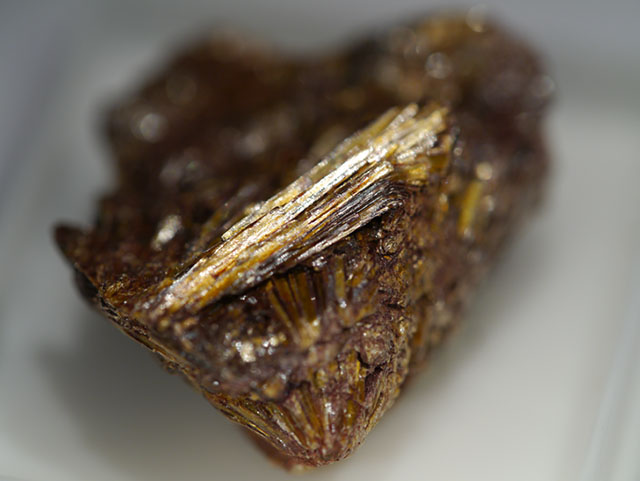
Bokeh Fringing
There are only next to no traces of Bokeh fringing (colored halos in the focus transition zones) at max. aperture so don’t worry, be happy about this one..
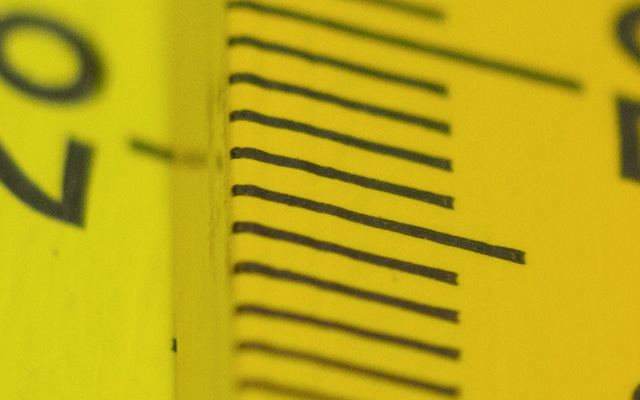
Sample Images
The Olympus M.Zuiko 60mm f/2.8 ED macro may not be the best macro lens that we've ever tested but it is certainly an impressive one. The center performance is great and the outer image region is also very sharp at medium apertures. The corners could be better at large apertures though. Both distortions as well as vignetting are nothing to worry about. However, the amount of lateral CAs is higher than expected. The bokeh, and that's a primary aspect for macro photography, is smooth and buttery although the highlight rendition can show imperfections. On the mechanical side the M.Zuiko lens shows no weakness. Olympus used high quality materials and the lens is even protected against dust and water. Thanks to the MSC focusing system, you can also enjoy a more than decent AF speed at basically silent noise levels.
The question of the day is whether to prefer the Olympus M.Zuiko 60mm f/2.8 ED macro over the Leica DG Macro-Elmarit 45mm f/2.8 ASPH OIS ? As far as the key aspects is concerned the Leica lens may be a tad sharper whereas the M.Zuiko has a slight edge on the bokeh side. The choice is yours. 🙂
-
Optical Quality
-
Build Quality
-
Price / Performance

